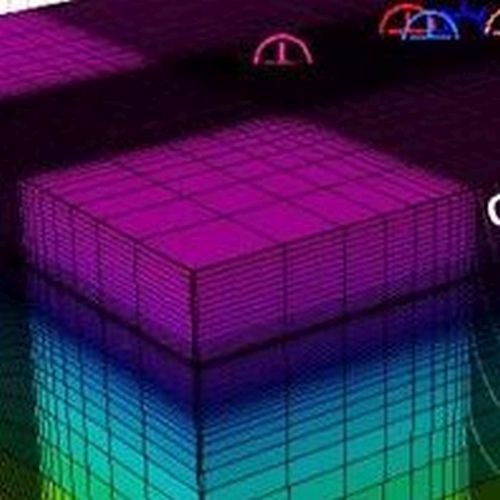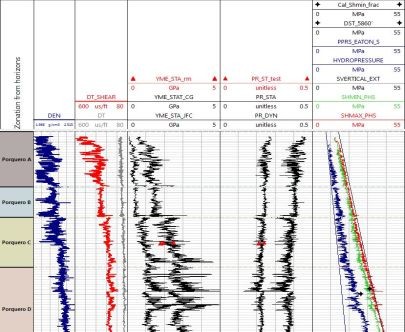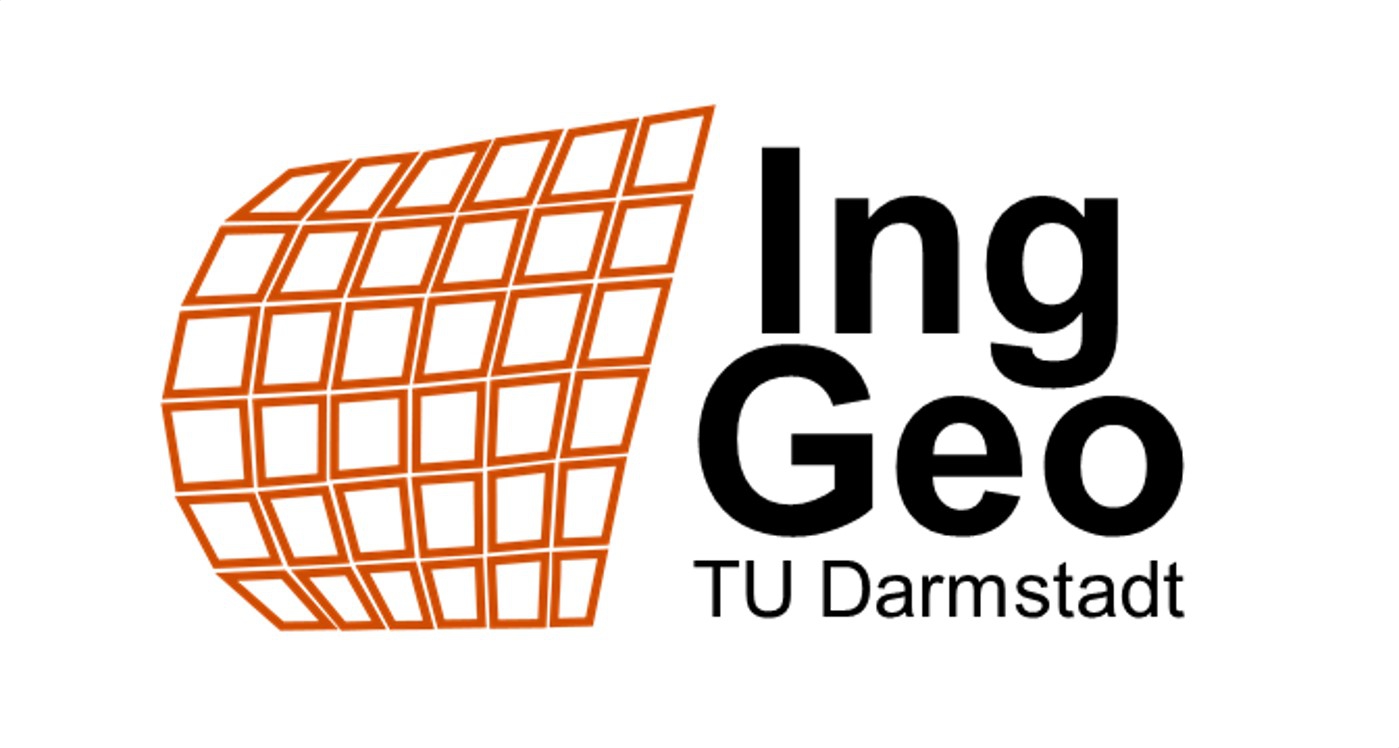
Facts about the project
PhD project: Dr. Clairet I. Guerra +++ Duration: 01.09.2015 – 31.07.2019


The comprehensive characterisation of the stress state as well as the mechanical properties is crucial for the optimal exploration and development of hydrocarbon as well as geothermal reservoirs. Especially for low-permeability natural gas reservoirs, detailed knowledge of the spatially varying stress magnitudes and orientations is important for planning stimulation measures. Numerical models can provide a robust prognosis that takes into account the geometric complexity and heterogeneous material distribution of the subsurface structure.
A natural gas field in the Lower Magdalena Valley Basin in northern Colombia was selected as case study and investigated using different modelling approaches. For this natural gas field, various geological and geophysical data sets were available for the generation, parameterisation and calibration of a 3D geomechanical model.
Based on borehole data, several 1D MEMs (mechanical earth models) were generated, which were used to determine mechanical parameters and pore pressures. These findings were then transferred to a 3D model, using both statistical methods for extrapolation and information from 3D seismic.
In addition, various simulation concepts adapted from basin and maturity modelling and fracture prediction were applied. The final 3D model provides the complete 3D stress tensor as well as fracture information for the entire model domain. This information can be used, for example, for the planning of future drilling and stimulation measures.
- Guerra, C., Fischer, K., Henk, A., 2019. Stress prediction using 1D and 3D geomechanical models of a tight gas reservoir—A case study from the Lower Magdalena Valley Basin, Colombia. Geomechanics for Energy and the Environment (2019), https://doi.org/10.1016/j.gete.2019.01.002.





